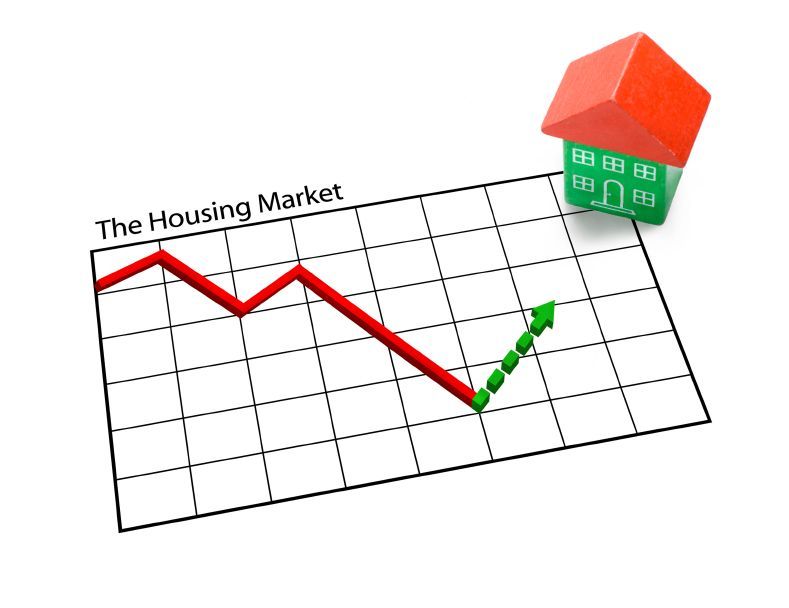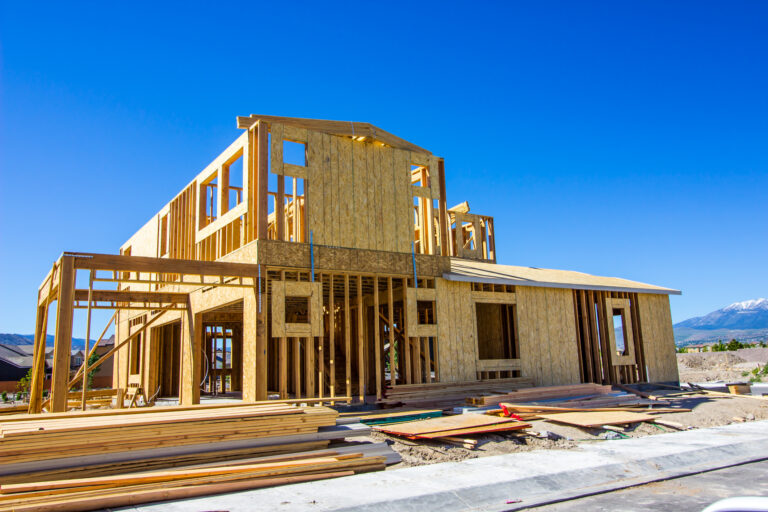This Week in Real Estate – 6th October 2022

Qld Scraps Land Tax Plan
The Queensland Government has backflipped on its controversial land tax legislation after being roundly criticised for its potential to discourage investment and worsen the rental shortage crisis. The tax was pulled after other states said they would not share property ownership data to help Queensland facilitate the tax, making the plan unworkable and unenforceable. REIQ CEO Antonia Mercorella says pushing ahead with the changes would have damaged property investor confidence at a time of the tightest vacancy rates in history, with residential rents soaring. There were widespread reports of investors abandoning plans to buy in Queensland and of owners selling their Queensland properties to avoid the expected consequences of the change, which was due to come into effect in July 2023. According to the State Government case studies, it would have caused land tax bills to quadruple. “Abandoning the contentious land tax regime will bring confidence back to the property investor market in a time of great uncertainty,” Mercorella says
Quote of the Week
“Despite some recent falls, prices are still significantly above their pre-pandemic levels. Regional areas remain up almost 50% since March 2020. Capital city prices are up 25% over the same time period.
Pace Of RBA Rate Rises Eases
In a sign that the current interest rate cycle may be close to ending, the RBA this week increased the cash rate by 25 basis points to 2.6%. While borrowers may be concerned about the rise, Mortgage Choice CEO Anthony Waldron says it is a “smaller hit” than previous rises and is a sign the RBA is starting to slow the pace of its “tightening cycle”. Waldron says recent rate rises have encouraged some home-owners to shop around for better deals on their home loans. He says while the rises have also resulted in some adjusting to household budgets, that is not being reflected yet in the economic data, which is why the RBA is still trying to combat inflation via rate increases. “The Reserve Bank’s decision to slow the pace of tightening is great news for households, but I don’t think we’ve seen the end of rate rises yet,” Waldron warns. Despite the recent rises, Mortgage Choice data shows the vast majority – 96% of borrowers during September – are opting for variable loans.
New Data Shows Correction Is Slowing
The latest price data provides further indication that the price correction being experienced in some markets has slowed. Both PropTrack and CoreLogic figures show that the pace of decline has slowed in Melbourne, Sydney, Brisbane and generally nationally. Other capital city and regional markets are still recording price growth. PropTrack says the pace of price decline slowed in September, falling only 0.19%, which annualised would mean a decrease of about 2.3%. At the same time Hobart, Regional South Australia and Regional Tasmania recorded monthly increases. Both PropTrack and CoreLogic figures also show that apartment markets are faring better than house markets overall, and that regional markets continue to outperform city markets. In the year to date, according to CoreLogic, house prices have fallen 3.9% in the capital cities overall but have risen 3.2% in the combined regional markets. Nationally apartment markets have dropped only 1.9% in the year to date, but the combined regions have lifted apartment prices 4.6%.





